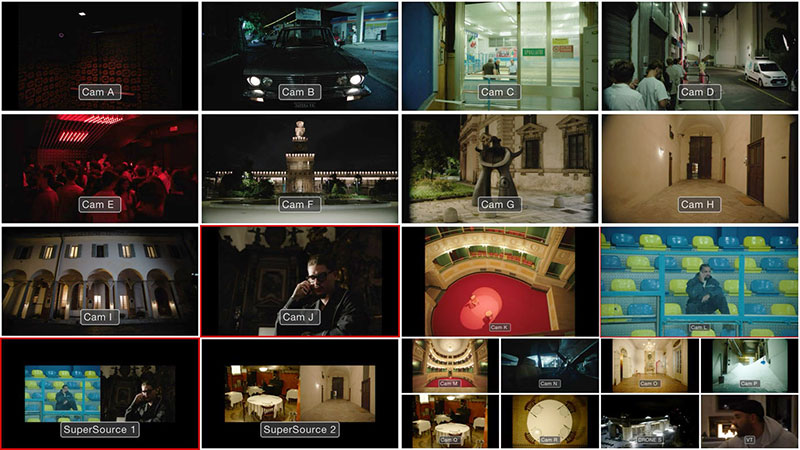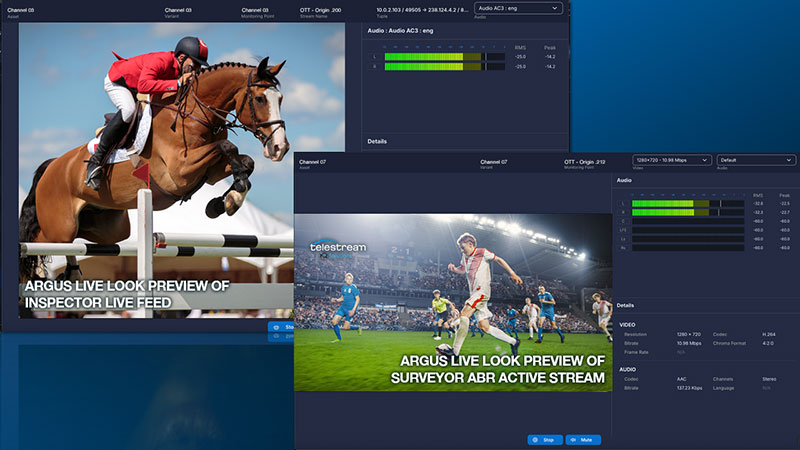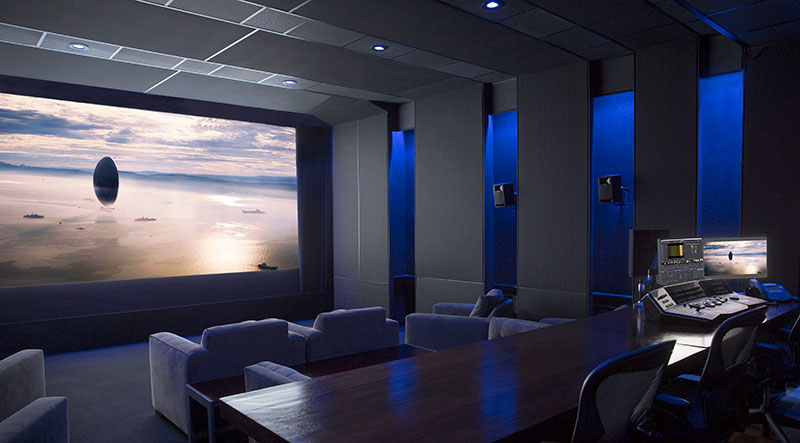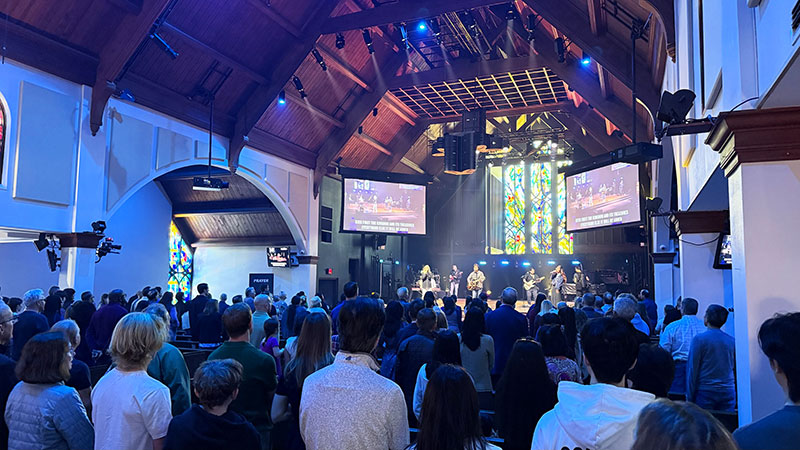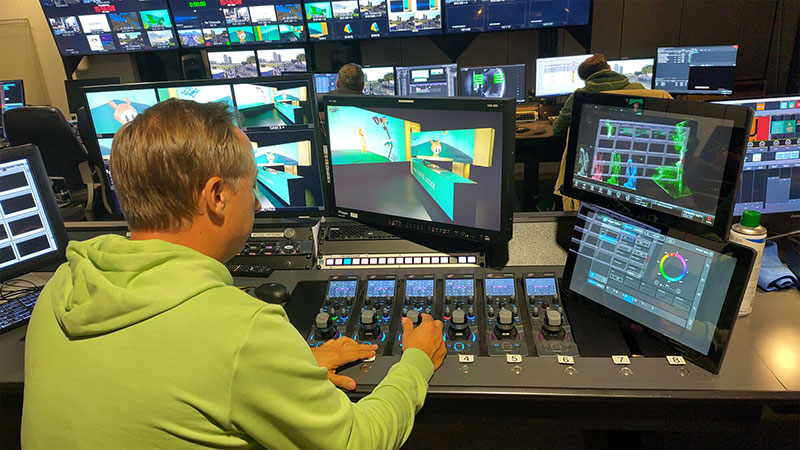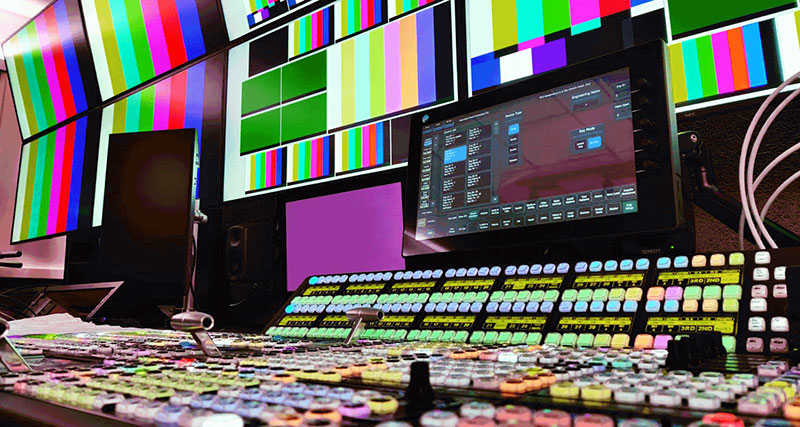As amateur and professional content creation converge, Rick Dumont at HDR by Technicolor tells how HDR elevates the viewing experience across video capture and display supply chains.
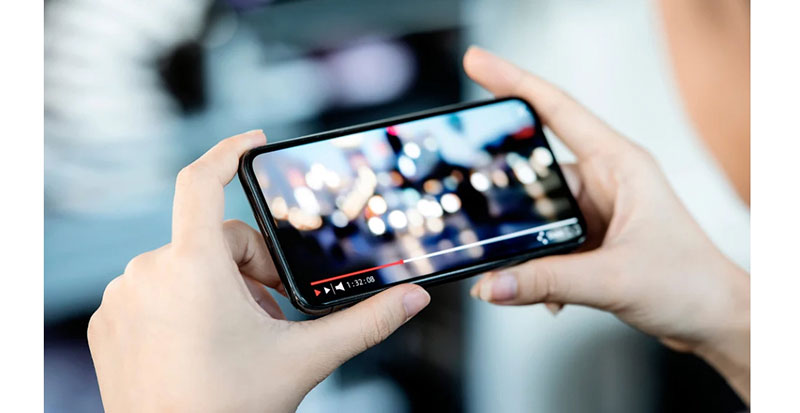
Recent consumer research from technology industry analyst and research organisations Omdia and IDC indicates that smartphones now account for an expanding share of total video viewing time. Subscription- and ad-supported streaming are both growing as well, much of it accessed on mobile screens. Independent network studies align with this trend, estimating that 70 to 80% of global mobile data traffic is already video.
Instead of a niche scenario for mobile networks, these findings suggest that premium, bandwidth-intensive video has become a primary driver of user engagement and data consumption.
Omdia’s survey insights also indicate that viewing across these platforms remains overwhelmingly mobile. The broader streaming ecosystem is evolving as well. Large numbers of video-on-demand (SVOD) subscriptions will be distributed through operator TV, broadband and mobile bundles, representing 20% of the global streaming market.
Meanwhile, more viewers are expecting ‘big-screen’ experiences on handheld devices, and consequently the media and entertainment technology industry is working to deliver better video quality on mobile devices. More frequently, achieving this quality involves the integration of high dynamic range (HDR) technology – affecting mobile capture, distribution and display workflows.
HDR Moves to Smartphones
HDR is typically associated with the high-end cameras and displays used for major live sports broadcasts and cinematic productions. But the rapid evolution of smartphone camera sensors and displays has created new opportunities to bring HDR benefits directly to mobile users – who are now both video creators and consumers.
“Today’s devices can capture images and video using HDR standards that support up to 10,000-nit mastering,” said Rick Dumont, head of business development for Advanced HDR by Technicolor. “At the same time, the displays on phones are engineered with high peak brightness and contrast allowing consumers to see the screen even in full sunlight. Most HDR-capable TVs do not exceed the 1,000-nit range because they are designed for living-room viewing.”
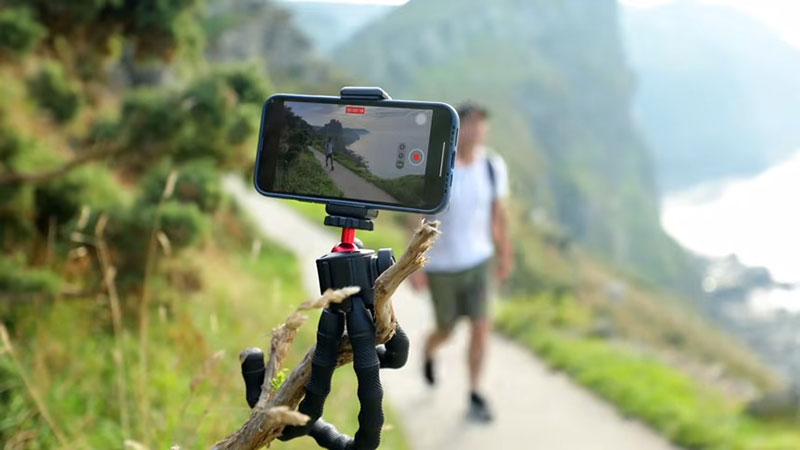
For consumers, these developments have led to the basic understanding that HDR delivers visibly better video. “The opportunity for video on mobile rests on the recognition that camera and display capabilities have vastly improved over the last decade – and that HDR can elevate the overall viewing experience,” Rick said.
Converging Quality
As amateur and professional content creation continues to converge, short-form video remains the preferred format for the majority of social media users, and brands continue to invest in influencer-driven campaigns. As a result, more creators are learning to rely on high video quality to differentiate their content and expand their reach.
“Many features that would traditionally be considered high-end in the professional production world are now packed into the compact mobile phone – particularly advanced HDR capabilities,” said Rick. “Only a few years ago, a vlogger would record content on a phone and then return home to download everything onto a laptop for editing. However, for many vloggers, that process has evolved.”
Today’s mobile devices have tools for complex editing, colour adjustment and immediate posting or streaming – essential advantages in the fast-moving world of social media. Higher expectations for image quality, combined with HDR-originated source material, are redefining what creators can and need to accomplish directly on their phones.
Optimising Quality from Capture to Display
From a professional standpoint, broadcasters, streaming providers and creators all face the challenge of making sure that audiences receive content at the best possible quality, regardless of the receiving device.
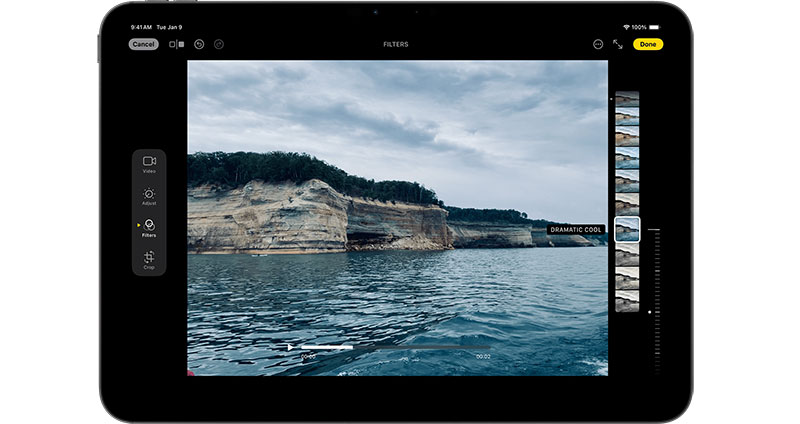
Editing video on mobile. (Apple support)
“By recording metadata with their content, creators can consistently capture using the best capabilities of their equipment, while making playback possible at the best capabilities of any receiving device – phone, TV or display,” said Rick. “This is becoming almost essential to result in high-quality experiences for both creators and viewers.”
As part of the ATSC 3.0 standard, Advanced HDR by Technicolor addresses this challenge for broadcast by carrying out dynamic HDR-to-SDR and SDR-to-HDR conversion within the one stream. The same principles apply to mobile and OTT streaming.
“Whether it’s a professional streaming service or content streamed from one phone to another, metadata specifies how to transport the content efficiently. Depending on the capabilities of the receiving device, the video is displayed at the best possible quality – without compromising compatibility,” Rick said.
“Phones today have a huge number of capabilities that rival professional cameras and exceed most TV displays – in a pocket-sized device that lowers the barrier to entry for amateur creators. The system can make shading adjustments automatically, for example.”
Integrating HDR across the Supply Chain
Whether consumers watch video on a phone or a TV, image quality and overall quality of experience (QoE) remain the priority, and advertisers, broadcasters and streaming providers all share a stake in ensuring consistency.
“Advertisers always want the best quality possible, regardless of device,” said Rick. “When it comes to brands and logos, colours shouldn’t shift between a high-end device and a low-end device. During a live sporting event, losing quality somewhere between the camera capturing the action and the transmission reaching audiences would be considered a serious shortcoming.”
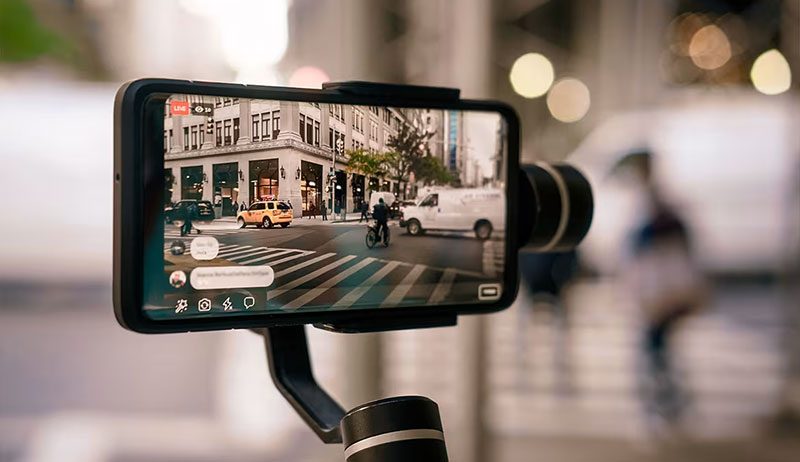
Adhering to that point of view calls for HDR integration across the entire production supply chain – from camera lens to end-user screen. In the background, bandwidth considerations add another layer of complexity. As Rick said, “Consumers may be in resource-constrained environments but will still want to access video. When connectivity is limited, metadata makes low-bitrate transmission possible while maintaining quality,” Rick said.
Flexibility in the HDR Future
He also believes that, across production – and on any device – delivering high-quality video today requires flexibility. Metadata-driven workflows allow content to be captured at the highest quality and then downscaled or adapted for various displays and distributions. The bandwidth savings associated with these techniques will gain significance as mobile video traffic continues to accelerate.
“Advanced HDR by Technicolor is rolling out across the US for both ATSC 3.0 broadcast and streaming, and adoption is growing,” Rick said. “We are also implementing the solution for live sports. The next step is to ensure that this technology is available for user-generated content on mobile phones. That requires laying the foundation for mobile’s transition to HDR on all fronts.”
As capture devices, networks, streaming platforms and displays continue to improve, HDR is poised to become the unifying quality layer across the entire video value chain – a glass-to-glass evolution from production to consumption. advancedhdrbytechnicolor.com




